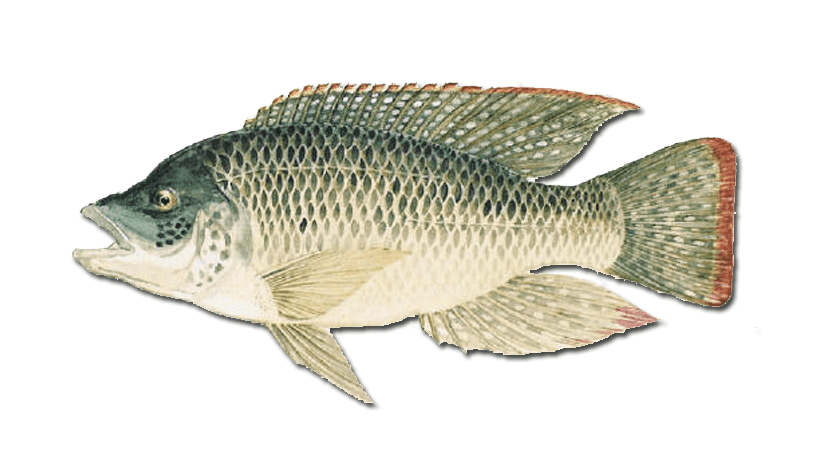Mozambique Tilapia

Species Details
Oreochromis Mossambicus
Cichlidae
Perciformes
Lake, River, Backcountry, Swamps, Canals, Drainages, Estuaries
1 - 6 lbs.
12" - 15"
Mozambique Tilapia (Oreochromis mossambicus) Description
The Mozambique Tilapia is a small brackish water game fish. It has a grey to black color with a tinge of grey-blue. It has a deep compressed body, its dorsal fins are long, and the front part of the dorsal fins have spines. Its underbelly has a pale yellow or cream color, and its scales are large.
Size and Diet of the Mozambique Tilapia
The biggest Mozambique tilapia was 15 inches long and weighed up to 6.8 lbs. On average, they can weigh between 1 to 2 lbs and usually grow up to 12 inches long. The Mozambfique tilapia is an omnivore. They will almost eat anything, from algae, rooted plants, small invertebrates, younger Mozambique tilapia, and even the feces of other animals.
Interesting Facts About the Mozambique Tilapia
- The Mozambique tilapia builds a nest, like other tilapia species. They make small holes where females lay their eggs in these holes if they are attracted and the males will cover the eggs with sperm.
- The Mozambique tilapia is considered an invasive species. They originated from Africa but were introduced in Florida during the 1960s as a game fish and to manage the invasive plants. Unfortunately, this hardy fish’s numbers got out of control and spread throughout other states.
- You can tell when a male Mozambique tilapia is ready to breed, its lower jaw becomes elongated and its forehead becomes concave.
- This species often interbreeds with other tilapia species such as the Nile tilapia and the Blue tilapia making it harder to control the population of the invasive fish. It’s even considered as one of the top 100 invasive species in the world.
- The Mozambique tilapia is known as a hardy fish that can survive high salinity waters, both brackish water, and saltwater. It is also one of the reasons why they are considered a difficult invasive species to deal with.
How to Fish a Mozambique Tilapia
Despite having a large number in the population, the Mozambique tilapia can be hard to fly fish since they can easily get spooked. First, check the water condition and try to spot tilapia nests. If the water is murky, then it is safer to cast near them but if the water is a bit clearer, then cast farther from them. So, cast slightly away from the spot to avoid scaring the fish and slowly entice it along their way with a figure 8 retrieves.
Here are the recommended gears by anglers to fly fish in a Mozambique tilapia. Use a 7 to 9 foot 5 to 7-wt fly rod equipped with a 4 to a 6-wt floating line. For the leader, you can use from 4 to 8-lbs monofilament line and a #6 to #4 hooks for their small mouths.
Good flies to use are popping bugs, fritz, nymphs, or bug-type flies. According to anglers, the effective colors to use are white. For the baits to use, the recommended are minnows, worms, and nightcrawlers. You can also use easy access baits such as corn, bread balls, and peas.
Habitat and Distribution of the Mozambique Tilapia
The Mozambique tilapia is an invasive species in the US. Originally, they are native fish from central and southern parts of Africa where they thrive in rivers, lakes, swamps, estuaries, inshore and coastal waters. Sometimes they can even be found in open seas. In the US, they are mainly found in Houston, Florida, and even in Hawaii. They also thrive in manmade structures such as canals, drainages, creeks, and ditches.
They prefer warm tropical water temperatures ranging from 63–95 °F and where the waters are shallow. You can catch Mozambique tilapia any time of the year, but their peak season is during spring and fall.







